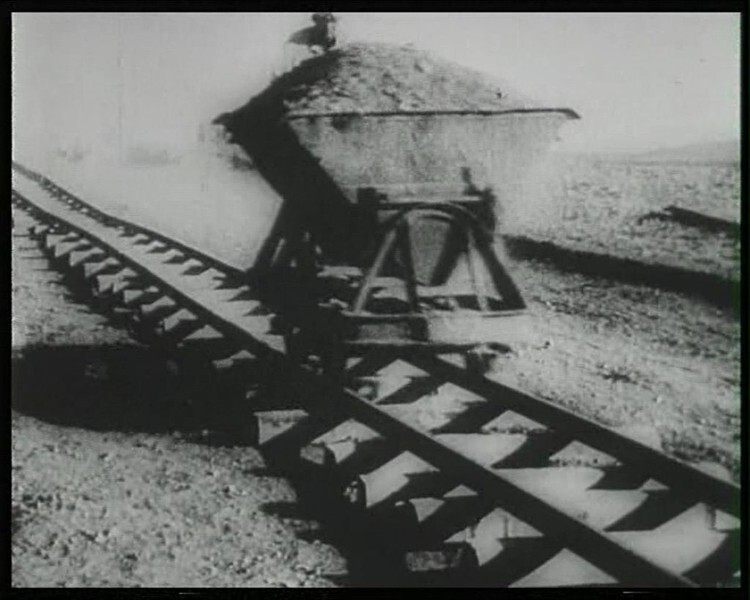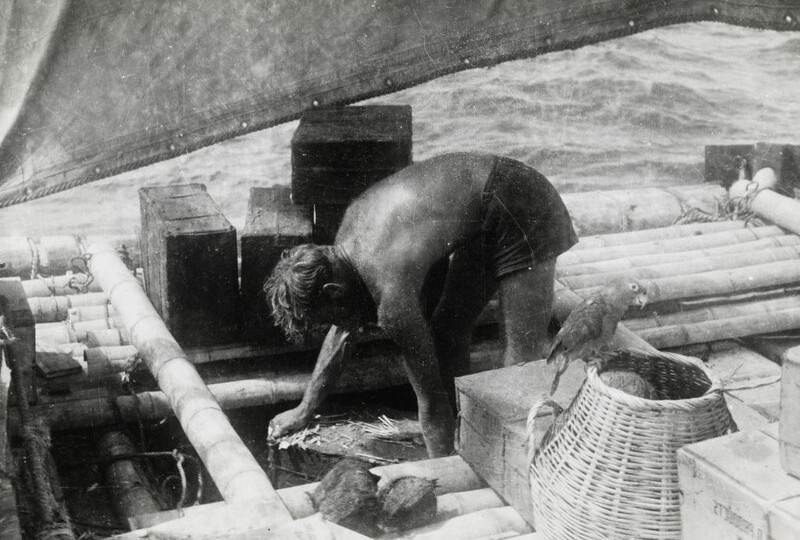The legend of Armenian cinematography Artavazd Peleshyan
Artavazd Peleshyan tends to be “appropriated” by documentarians, who call his films poetic documentary essays, and by avant-gardists, who appreciate his work with found-footage but who often overlook the fact that Peleshyan does not work with “found” footage – he works with consciously sought-out footage. The truth is somewhere between these two extremes (i.e., between Peleshyan as poetic documentarian and Peleshyan as experimental filmmaker), for his work is of an entirely different order. It exists outside of all categories without, however, having to reject them. The level of Peleshyan’s immersion into the cinematic universe involves a certain expressive asceticism. He works predominantly with a black-and-white tonality and does not use synchronous interviews or commentary. But precisely through this conscious rejection of the spoken word, he can bring us closer to the λόγος (logos) of film.
Artavazd Ashoti Peleshyan was born on 22 February 1938 in the Armenian town of Gyumri. While studying at VGIK (1964–1968), he garnered attention with his film The Beginning (1967), in which he used archival footage to explore the possibilities of film editing as a source of a new illusive movement. These elemental movements symbolize the revolutionary changes in society begun by the October Revolution.
His next film was We (1968), a monumentally intimate portrait of the Armenian nation that made Peleshyan a household name in the West after it won the main prize at the 1970 Oberhausen festival. Of his film Inhabitants (1970) Peleshyan says: “The main principle behind Inhabitants is the idea of a humane relationship with nature and the animal world: ‘Mankind, stop and look around. What have you come to?’ It is about mankind’s assault on nature and the emerging danger of disrupting natural harmony.”
In Seasons (1975) and Our Century (1983), the central theme is the struggle against gravity – either the predominance of braking movements as in shepherd society, or the accelerative movements in the images of the “distant” society of the conquerors of air and space. In both cases, this vertical line (and it does not matter in which direction its vector is oriented) clashes with the horizontal. At their intersection, we hear the beating of a human heart, followed nearly ten years later by the rhythmic rumbling of the train in The End (1992). Here, Peleshyan reaches the very limits of the cinematic universe in a manner similar to Peter Kubelka, although each of them explores these limits using different gloves. Where Kubelka prefers the graphic-tonal nature of the image over its traditional functional semantics because he views film primarily as material through which to express rhythmic structure, for Peleshyan meter and tempo-rhythm are things that can express the inner value of a shot – though only if their local structure shows a similarity between the character and the whole.
According to Peleshyan, “the method and system of distance montage does not reject the known montage techniques described in part by Eisenstein and Vertov. The distance effect merely reduces these methods’ ‘radius of influence’ and fills it with a reduced, limited function.” The potential energy that the system receives through this distancing of shots (“self-distancing” would be a better way of putting it) is capable of doing work, and thus keeps together the entire film’s structure while also shaping the other shots. This is not done sequentially, but is continually present throughout the entire film. A related feature is the nature of time that we encounter in Peleshyan’s films. Most cinema is chronic – it works with time only in the sense of its quantitative flowing – i.e., as χρόνος (chronos) – even if it makes time shorter or jumbles it around. Peleshyan’s films are kairic; their basic “measure” is time in the sense of καιρός (kairos) – it works with opportune time, time in its qualitative meaning. And it is precisely this time that creates the space in which the shot’s traditional field sizes (close-up, medium shot, full shot, long shot, etc.) can undergo a semantic renaming.


